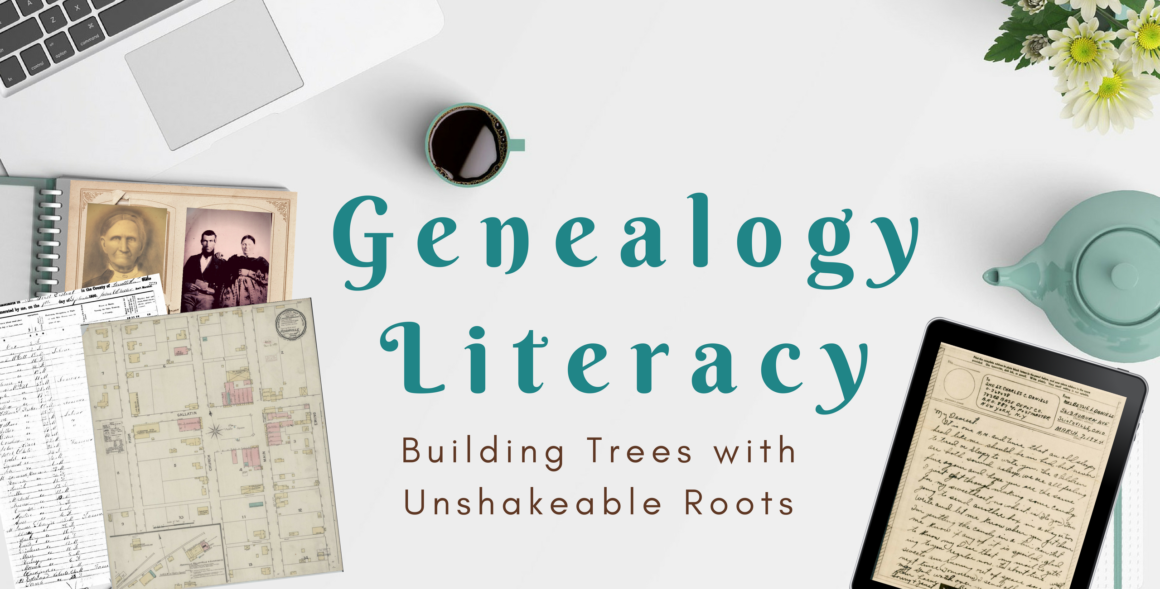
One of the main draws we have in our library is a giant island of surname vertical files that includes many of those research bits and pieces left behind by previous visitors. Each time a person gets excited over this massive magpie collection, we urge caution. If it’s not sourced, be very careful how you record the information – please copy and place in standby until you can confirm the information in other documents.
However, there are some family group sheets that I treat with more respect than others.
Here are a few elements to look for when gauging the research value of a family group sheet:
- Does it include the name of the person who provided the information? If not – make a copy, and note where you found it – use for clues later down the road.
- Does it include any attached sources/citations? These could be on the back, or in the following pages, but if there are none to be seen, use the form as a breadcrumb only until confirming with documentary sources.
- What time period does the information cover? Does it detail the family group of the Duke of Royaltyland from the 12th century, sans sources? If so, disregard….back away slowly….this is genealogy sorcery of the worst kind.
- Level gold – does this sheet contain information that reaches into the 20th or 21st

One of the few FGSs with an informant and date. centuries? I have learned to place more value on the family group sheets that provide information about contemporary ancestors/descendants. When the likelihood of personal knowledge on the part of the provider is high, I start to lean into the area of Family Bible Records. Just think – we all hold the family Bible record to a pretty high value. Some lineage societies love these and accept them readily as proof of birth or death – primarily because many of them cover a time frame when the recording of vital statistics was lacking on the official level. Plus, they too value contemporary information – in other words – a personal witness giving information.
- Caveat – regardless of the proximity of the information provider to the generation listed on the sheet, we can never rely on one document to prove relationships or reach a conclusion. This goes for anything we find as we build evidence, but these family group sheets may provide the only research directional clue you need to break through your brick wall.
- Last tip: With your own family group sheets – PLEASE include a note about the preparer or information provider with a date of completion! This can be a simple line at the top or bottom – remember, even with Family Bible Records, many lineage societies require the frontispiece of the Bible to prove publication date – thereby placing the origin of the information in a contemporary time period as it relates to the ancestor.

